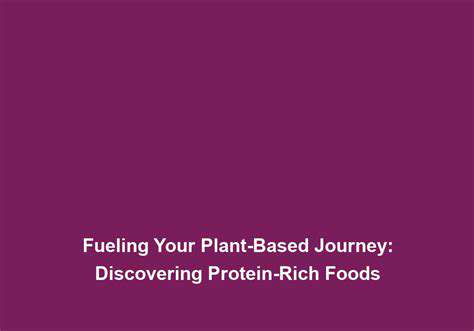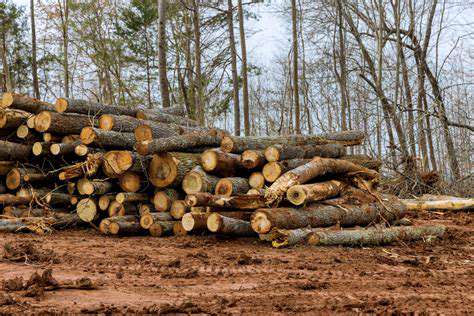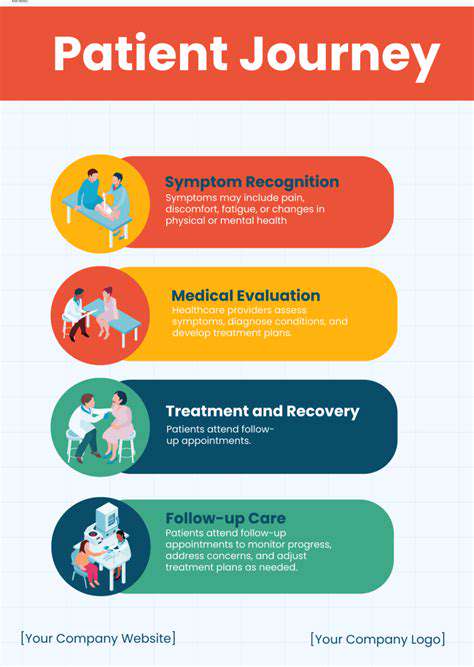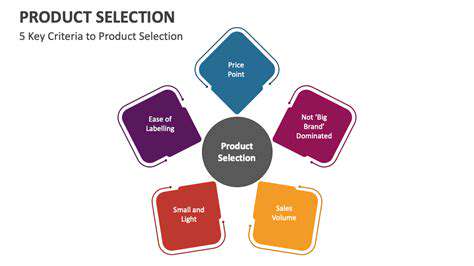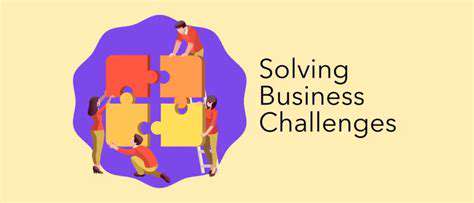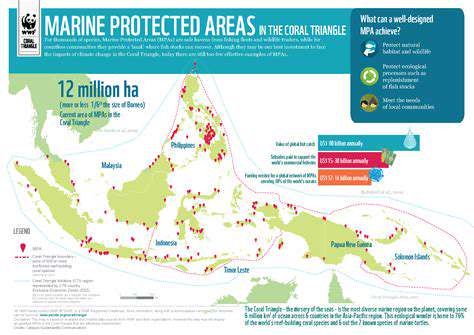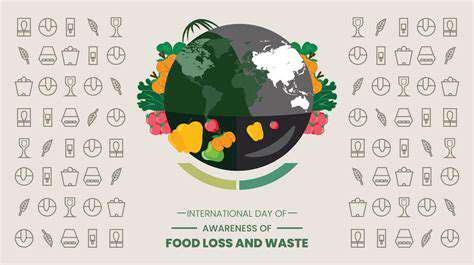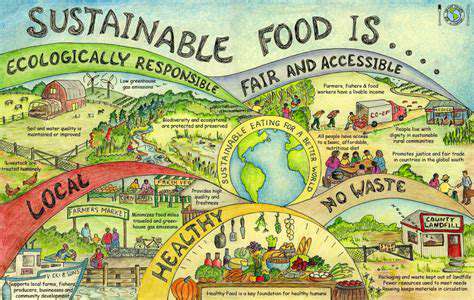Industrial Farming Practices and Their Environmental Consequences
Livestock production occupies 30% of Earth's ice-free land while generating 14.5% of global greenhouse emissions - more than all transportation combined. The Amazon's deforestation, driven largely by cattle ranching and soy feed production, has pushed this vital carbon sink toward a potential tipping point. NASA satellite imagery reveals how Midwestern U.S. feedlots create nitrogen dead zones in the Gulf of Mexico through fertilizer runoff. These interconnected crises demand urgent agricultural reform.
Water usage presents another alarming statistic - producing one pound of beef requires 1,800 gallons, compared to 39 gallons for vegetables. In drought-prone regions like California's Central Valley, aquifer depletion from alfalfa farming for dairy feed has caused land to sink by nearly 30 feet in some areas. The World Resources Institute warns that business-as-usual meat production will require a 50% increase in agricultural water withdrawals by 2050 - an impossible demand on shrinking freshwater supplies.
Sustainable Alternatives and Mitigation Strategies
Regenerative grazing techniques pioneered by Allan Savory demonstrate how properly managed livestock can rebuild degraded soils. His Holistic Management approach sequesters carbon while improving water retention and biodiversity. White Oak Pastures in Georgia became carbon-negative through such methods, storing more emissions than their operations produce. These models prove that animal agriculture, when done thoughtfully, can be part of environmental solutions rather than problems.
The rise of cellular agriculture offers another promising avenue. Companies like Memphis Meats are producing real meat from animal cells without slaughter. While scaling remains a challenge, life cycle analyses suggest cultured meat could reduce land use by 95% and emissions by 87% compared to conventional beef. Investors poured $3.1 billion into alternative protein startups in 2020 alone, signaling strong confidence in this technological solution.
From Farm to Fork: Consumer Choices and Ethical Responsibility

Understanding Consumer Preferences
Today's shoppers navigate a complex moral landscape with every grocery trip. The rise of climatarian diets - prioritizing foods with low carbon footprints - shows environmental concerns now rival traditional factors like price and taste. Millennials and Gen Z lead this shift, with 60% willing to pay more for sustainable packaging according to McKinsey research. This values-driven consumption creates both challenges and opportunities for food producers.
The Role of Ethical Sourcing
Supply chain transparency has become non-negotiable for conscious consumers. Apps like Buycott allow shoppers to scan barcodes and instantly see corporate ethics ratings. Fair Trade certified products now generate $9.2 billion annually worldwide, proving that ethical sourcing can be profitable. However, humewashing - misleading ethical claims - remains rampant, underscoring the need for rigorous certification standards.
The Future of Food: A Sustainable and Ethical Path Forward

Precision Agriculture Technologies
John Deere's autonomous tractors now use AI to identify and spray individual weeds, reducing herbicide use by 90%. Israeli startup Prospera analyzes crop data from drones to predict yields with 97% accuracy, helping farmers optimize inputs. These innovations demonstrate how technology can make agriculture both more productive and sustainable.
Alternative Protein Sources
The alternative protein market is projected to reach $290 billion by 2035 according to Barclays research. Singapore recently approved the world's first commercial sale of cultured chicken, while European consumers embrace protein-rich algae like chlorella. This diversification of protein sources may help meet global demand without exceeding planetary boundaries.

